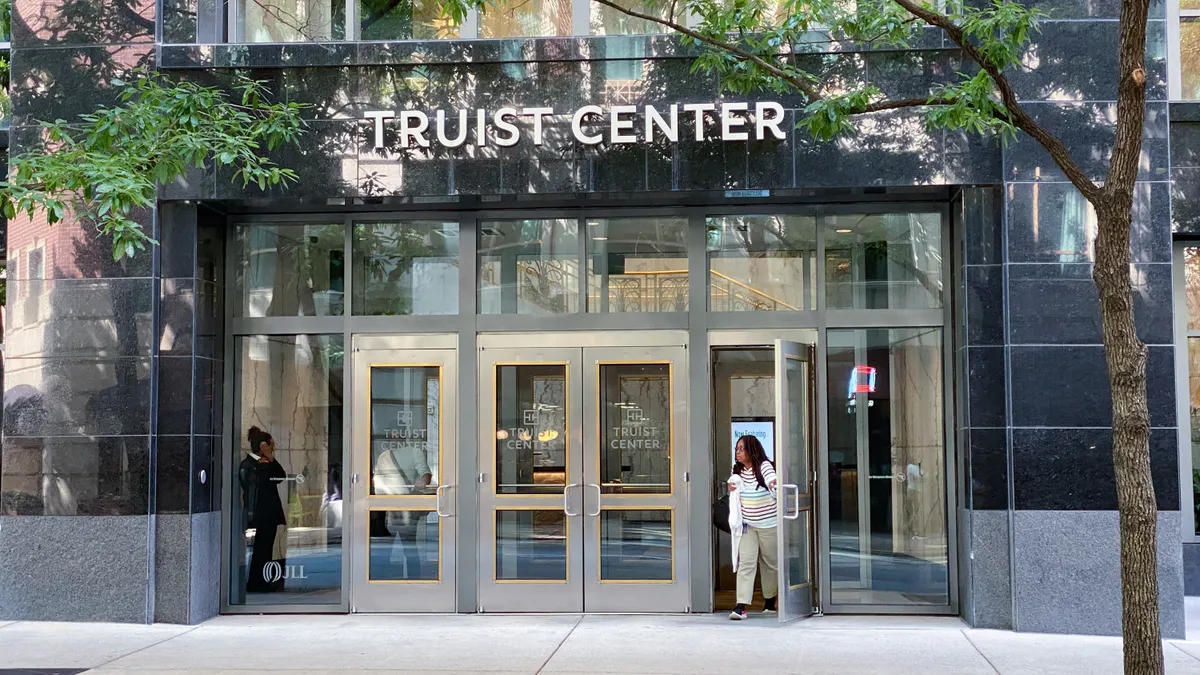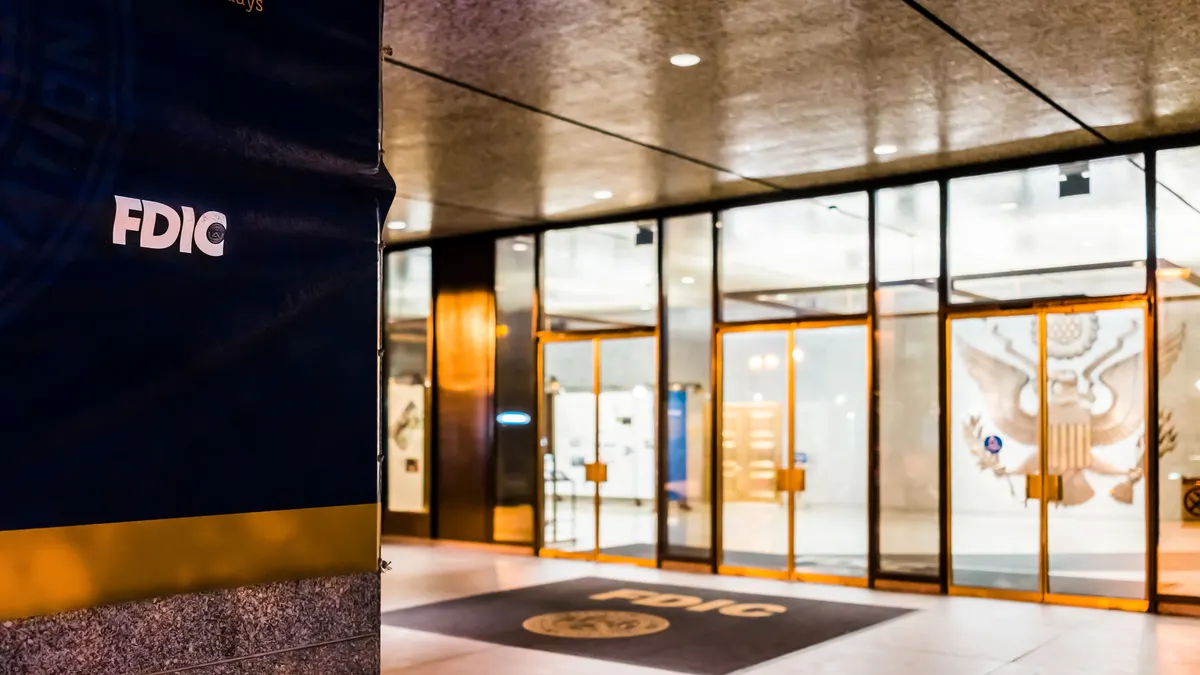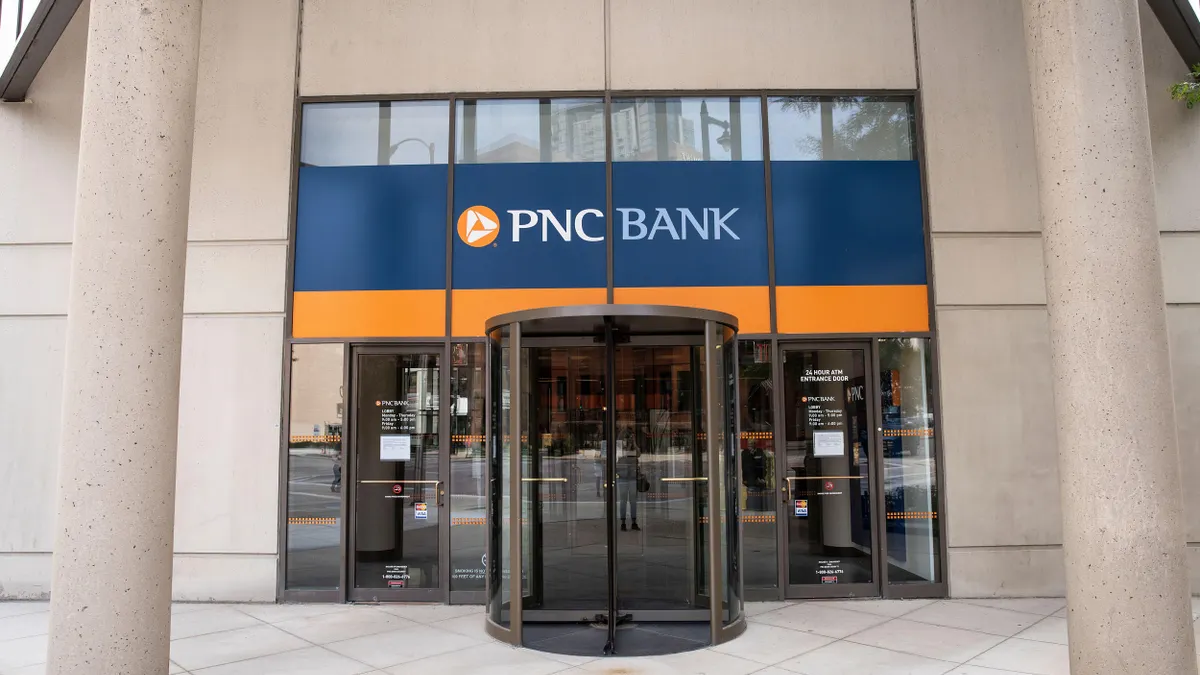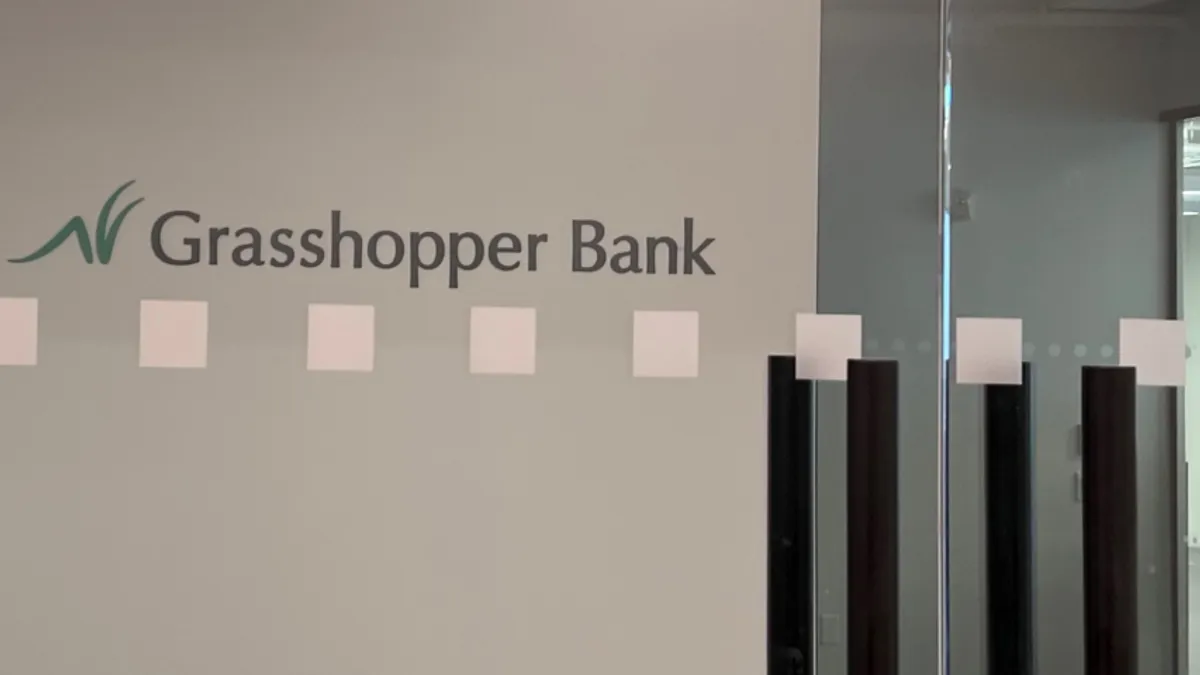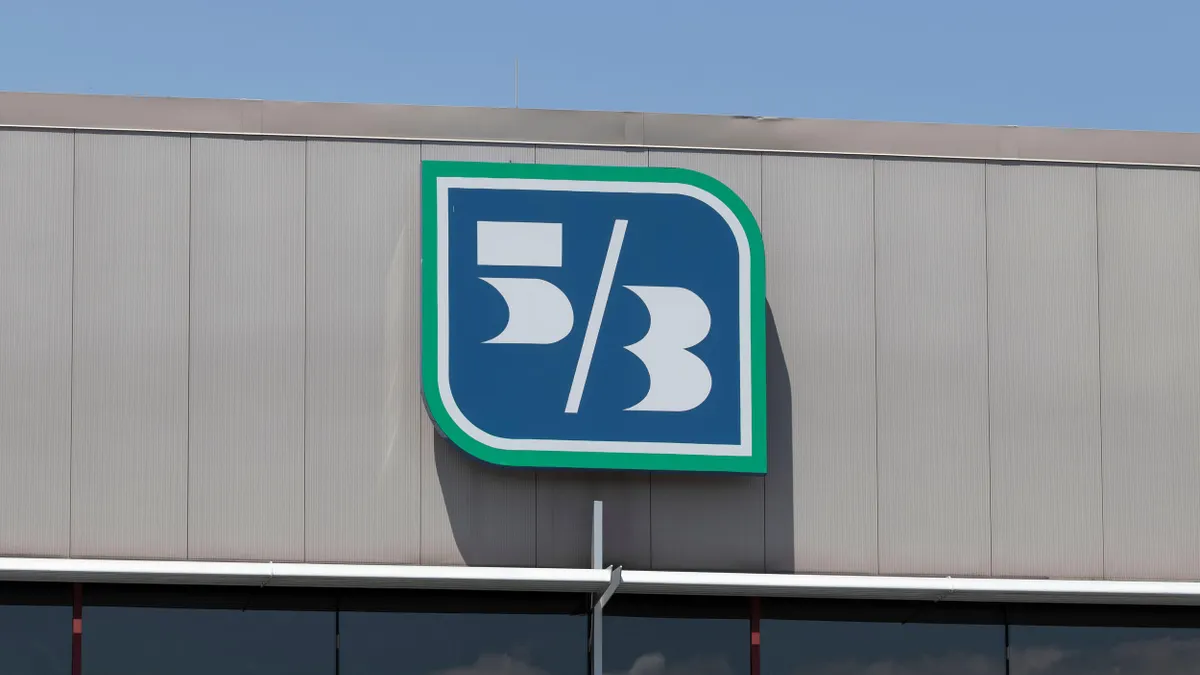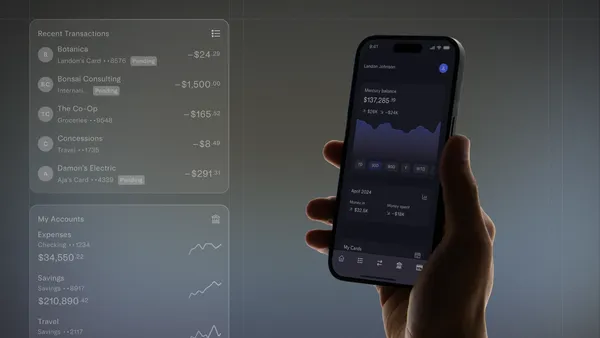Forget getting stuck in traffic en route to a bank branch just to sit in the lobby, waiting for your issues to be addressed.
With the advancement of technology and the innovations of the digital world, banks are not confined to the four walls of a building anymore. You can now access services or products without going into a bank branch physically.
If you are adept with digital banking, you might have heard of names like Chime, Varo Bank, LendingClub, Acorns, Revolut or Current.
These are neobanks, or digital banks or challenger banks — whatever you want to name it. They differ from traditional banks because they bridge the gap between consumers and lenders with their technologically advanced online banking services. Neobanks are primarily digital banks that do not have any brick-and-mortar presence.
The transaction value in the neobanking sector is projected to reach $1.43 trillion in 2023 and grow at an annual rate of 16.12%, resulting in a projected total of $2.6 trillion by 2027, according to a study by Statista.
What is a neobank?
Neobanks are digital-first and often digital-only financial companies that offer banking services to consumers without physical branches. These platforms provide checking and savings accounts through apps, software and other technologies.
Neobanks differ from traditional banks since they are typically not regulated in the same manner. Unlike conventional banks or online-only banks, neobanks often do not have state or federal charters and are not banks themselves. Instead, neobanks must partner with a regulated entity to hold deposits insured by the Federal Deposit Insurance Corp.
The term challenger bank was first introduced in the U.K., referring to many fintech banking startups that emerged following the 2007-2009 financial crisis to bring more competition in the banking industry — an apt moniker for disrupting the traditional banking space.
There are various services offered by neobanks, including free peer-to-peer money transfers, early access to paychecks, overdraft protection, alternative ways to build credit and financial education tools.
However, neobanks should not be confused with online or online-only banks. Ally Bank is an example of a fully chartered online-only bank. Although neobanks and online banks can look identical by offering similar products and services, neobanks can act more nimbly on products and pricing because, while they are required to partner with regulated banks, they are not subject to bank regulations like an incumbent bank.
Birth of a neobank
Neobanks grew up during the zero-interest rate environment toward the tail end of the Great Recession – drawing deposits by offering a better app and functionality than banks.
One significant factor contributing to the rise of neobanks is the Durbin interchange rule. Better known as the Durbin Amendment, it is a part of the Dodd-Frank Wall Street Reform and Consumer Protection Act that limits interchange fees imposed upon merchants by debit card issuers. The amendment, named after Sen. Richard J. Durbin (D-Ill.), applies to financial institutions with $10 billion or more in assets, but those with less than $10 billion are exempt from the amendment.
Neobanks often partner with smaller banks that are not subject to the Durbin Amendment caps on the services on debit card interchange fees. The neobanks gained from the regulatory carve-out and grew their deposits while getting a return for their investors with the interchange revenue.
“They were able to take advantage of very low-cost deposits and fewer restrictions on their interchange fees, fewer or none,” Michele Alt, a partner at Klaros Group, told Banking Dive. “This was their model.”
How do neobanks make money?
Apart from the revenue generated from interchange fees and the interest that neobanks charge on loans and credit cards, they make money through transaction fees. While most neobanks do not charge fees for accounts, many charge a small fee for bank transfers, ATM withdrawals or money transfers. And some charge subscription fees. Neobanks like Chime and Revolut offer premium services to their clients in exchange for a monthly subscription fee and also through loan interest. Some neobanks that offer loans and credit cards charge interest on these products.
Different neobanks have different revenue models that work for them, but due to the low overhead cost, they require a smaller revenue stream to succeed.
Neobank clients
Neobanks cater to a wide range of customers and offer services and products tailored to their needs. But many fintechs expanded access to the traditionally under-banked customers by offering more options to all types of consumers across the credit space.
Colin Walsh, CEO of Varo Bank, told Banking Dive that the growing segment of paycheck-to-paycheck consumers need a bank that would allow them to access services and products that traditional banks offer.
“[Traditional banks] worked well for the haves but not for the have-nots. And so, for people who did not have a lot of wealth and income, it was really hard for them to sort of see a real path to how they can make progress in their lives,” Walsh said.
Limitations of a neobank
Neobanks are often easier to set up, have fewer hurdles to clear and have faster processing times. However, they are different from traditional banks in many more ways. Neobanks are comparatively newer in the space and do not have the proven track records of the incumbent banks.
- Neobanks are not chartered with state or federal regulators like traditional banks. A bank that is governed by either a state or a national charter is required to adhere to certain regulations and must have FDIC insurance to protect customers’ deposits.
- Neobanks do not have brick-and-mortar branches. Some providers may pass on the savings to the customers by offering lower or no-fee products and more competitive rates.
- Neobanks do not usually offer the same range of products as traditional banks to mitigate risk and reduce costs.
- Since neobanks offer a digital-first interface, their platforms are tailored for consumers comfortable using mobile and online banking services. Neobanks customers can’t walk into a branch to talk to a customer service representative.
However, the most significant difference between a neobank and a traditional bank is its business model. While a typical neobank offers deposit products, they do not offer lending for the most part since deposit-based business models usually see faster growth than lending-based models, according to Alt.
“They provide a return more quickly to the VC investors that typically back these neobanks,” Alt said. The lending-based business model requires underwriting and significant risk management processes with a commitment of capital toward potential credit losses, Alt pointed out. “And therefore, it’s a more expensive sort of engine to build a lending-based model. That’s what I would say is the primary difference [between] a neobank and a traditional bank – the narrower scope of the business model.”
However, there are some points customers must take note of when they think of switching to a neobank from a legacy bank, like whether the financial products on offer meet their needs, ATM accessibility, any fees or hidden charges that do exist, especially for overdrafts or any financial education or budgeting features that come with the platform.
Applying for a charter
Bank charters are issued by a state chartering authority or at the national level by the Office of the Comptroller of the Currency. If a bank is state-chartered, then it must decide whether it wants to become a member of the Federal Reserve or not. If it joins the Fed, the bank is regulated and supervised by the state banking authority and the Fed. However, if it does not join the Fed, the primary federal regulator and supervisor is the FDIC.
If the bank is chartered at the federal level, it is called a national bank and has only one regulator — the OCC. Additionally, institutions that seek deposit insurance must be approved by the FDIC.
Neobanks that reach a certain scale sometimes look to diversify and expand into new products, Alt explained. The benefits of a bank charter include having a direct relationship with the regulators, more control of the unit economics rather than sharing them with their partner banks, low-cost deposit funding in the form of FDIC-insured deposits, and greater economic return.
There is also a culture clash when a neobank decides to apply for a charter since it is thrust from being a nimble tech-oriented business to one that has to satisfy the regulators’ risk management concerns and move very slowly.
“Being a bank means being subjected to an incredible regulatory scrutiny and burdens,” Alt said. “It’s not for the faint of heart, and there’s a lot of debate about the trade-off.”
Chris Tremont, chief digital officer at Grasshopper Bank, explained that ultimately it boils down to the strategies and long-term goals of the technology companies. Grasshopper began its operations in 2019 as a digital bank, unlike most of the neobanks that apply for charter later.
“The process itself to go about becoming a bank is fairly resource intensive, both from a people perspective, capital that you have to deck against doing it and just the time and energy that it takes to work with the regulatory bodies to gain approval, it's not easy,” he said.
The list of how many de novo charters have been granted in the last decade is only a handful, though Grasshopper and Varo make the list, Tremont noted.
Varo Bank is an example of a digital bank that got its national bank charter in 2020 after an arduous application process. It had to refile a new application comprising 5000 pages in 2019 with the FDIC.
“I joked that I could drive it into their office on a truck because we had so much information that we needed to provide to them. It was a massive undertaking,” Walsh said. “And keep in mind while we were building our core business, we were starting to build out a banking technology stack. So, there is a lot of risk embedded in that because we had no guarantee that this was all going to happen.”




